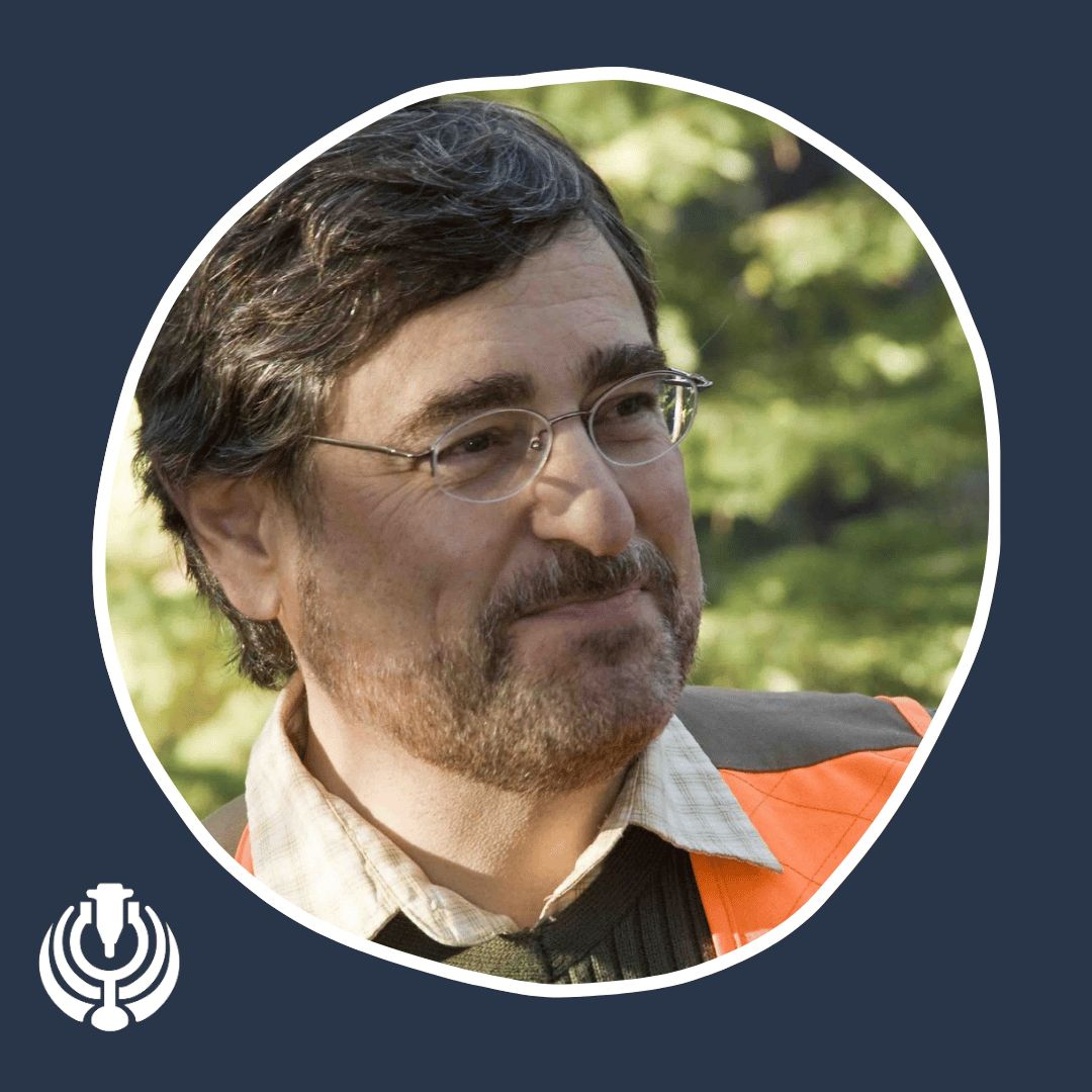238: Unveiling the Earth's Secrets - The Completion of the U.S. Magnetotelluric Array
Update: 2024-10-17
Description
"The MTArray is changing how we explore for minerals and critical resources, and it’s paving the way for sustainable energy development."
In this episode of Seismic Soundoff, host Andrew Geary speaks with Adam Schultz about completing the U.S. Magnetotelluric (MT) Array after 18 years. This groundbreaking project has mapped the electrical properties of the Earth’s crust across the contiguous United States.
Adam explains how this geophysical method has evolved from pure science into a critical tool for protecting national infrastructure and identifying valuable resources. He shares insights into the unexpected challenges and major discoveries made while offering a bold call to action for the geophysics community to think bigger and push the boundaries of exploration. Listen to learn how the MTArray is shaping the future of geophysics and infrastructure resilience.
KEY POINTS AND TAKEAWAYS
> The USMTArray's Evolution: Originally part of the EarthScope program, the MTArray project became crucial for understanding power grid and national infrastructure risks, especially from space weather events.
> Critical Infrastructure Protection: Data from the MTArray has helped power grid operators mitigate risks from geomagnetically induced currents, potentially preventing large-scale outages during extreme solar storms.
> East Coast Vulnerabilities: The discovery of a sharp transition in the Earth's crust along the eastern U.S. revealed hidden vulnerabilities to geomagnetic storms, challenging previous assumptions about regional risk.
> Surprising Challenges and Successes: The MTArray faced unexpected difficulties, especially in challenging environments like the Gulf Coast, but also saw breakthrough moments, including stunning data collected during a major solar storm.
> A Call for Bold Exploration: Adam urges geophysicists to think bigger, use larger arrays, and embrace time-varying, 4D imaging to advance the field and apply geophysical techniques to real-world problems like sustainable energy development and critical mineral exploration.
Editor's Note: Special thanks to Xiaolei Tu for recommending this episode.
GUEST BIO
Dr. Adam Schultz is a Professor of Geophysics at the College of Earth, Ocean & Atmospheric Science at Oregon State University. Adam led the 18-year effort to map the electrical properties of Earth’s crust and mantle across the contiguous United States.
LINKS
* Visit https://seg.org/podcasts/episode-238-unveiling-the-earths-secrets-the-completion-of-the-u-s-magnetotelluric-array/ for links to learn more about this project and Dr. Schultz.
SHOW CREDITS
Andrew Geary at TreasureMint hosted, edited, and produced this episode. The SEG podcast team comprises Jennifer Cobb, Kathy Gamble, and Ally McGinnis.
If you have episode ideas or feedback for the show or want to sponsor a future episode, email the show at podcast@seg.org.
In this episode of Seismic Soundoff, host Andrew Geary speaks with Adam Schultz about completing the U.S. Magnetotelluric (MT) Array after 18 years. This groundbreaking project has mapped the electrical properties of the Earth’s crust across the contiguous United States.
Adam explains how this geophysical method has evolved from pure science into a critical tool for protecting national infrastructure and identifying valuable resources. He shares insights into the unexpected challenges and major discoveries made while offering a bold call to action for the geophysics community to think bigger and push the boundaries of exploration. Listen to learn how the MTArray is shaping the future of geophysics and infrastructure resilience.
KEY POINTS AND TAKEAWAYS
> The USMTArray's Evolution: Originally part of the EarthScope program, the MTArray project became crucial for understanding power grid and national infrastructure risks, especially from space weather events.
> Critical Infrastructure Protection: Data from the MTArray has helped power grid operators mitigate risks from geomagnetically induced currents, potentially preventing large-scale outages during extreme solar storms.
> East Coast Vulnerabilities: The discovery of a sharp transition in the Earth's crust along the eastern U.S. revealed hidden vulnerabilities to geomagnetic storms, challenging previous assumptions about regional risk.
> Surprising Challenges and Successes: The MTArray faced unexpected difficulties, especially in challenging environments like the Gulf Coast, but also saw breakthrough moments, including stunning data collected during a major solar storm.
> A Call for Bold Exploration: Adam urges geophysicists to think bigger, use larger arrays, and embrace time-varying, 4D imaging to advance the field and apply geophysical techniques to real-world problems like sustainable energy development and critical mineral exploration.
Editor's Note: Special thanks to Xiaolei Tu for recommending this episode.
GUEST BIO
Dr. Adam Schultz is a Professor of Geophysics at the College of Earth, Ocean & Atmospheric Science at Oregon State University. Adam led the 18-year effort to map the electrical properties of Earth’s crust and mantle across the contiguous United States.
LINKS
* Visit https://seg.org/podcasts/episode-238-unveiling-the-earths-secrets-the-completion-of-the-u-s-magnetotelluric-array/ for links to learn more about this project and Dr. Schultz.
SHOW CREDITS
Andrew Geary at TreasureMint hosted, edited, and produced this episode. The SEG podcast team comprises Jennifer Cobb, Kathy Gamble, and Ally McGinnis.
If you have episode ideas or feedback for the show or want to sponsor a future episode, email the show at podcast@seg.org.
Comments
Top Podcasts
The Best New Comedy Podcast Right Now – June 2024The Best News Podcast Right Now – June 2024The Best New Business Podcast Right Now – June 2024The Best New Sports Podcast Right Now – June 2024The Best New True Crime Podcast Right Now – June 2024The Best New Joe Rogan Experience Podcast Right Now – June 20The Best New Dan Bongino Show Podcast Right Now – June 20The Best New Mark Levin Podcast – June 2024
In Channel
























